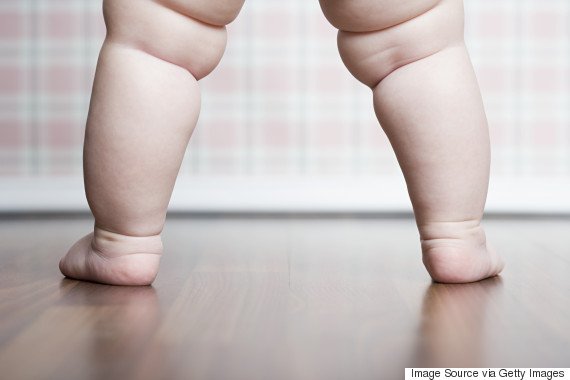-
Tips for becoming a good boxer - November 6, 2020
-
7 expert tips for making your hens night a memorable one - November 6, 2020
-
5 reasons to host your Christmas party on a cruise boat - November 6, 2020
-
What to do when you’re charged with a crime - November 6, 2020
-
Should you get one or multiple dogs? Here’s all you need to know - November 3, 2020
-
A Guide: How to Build Your Very Own Magic Mirror - February 14, 2019
-
Our Top Inspirational Baseball Stars - November 24, 2018
-
Five Tech Tools That Will Help You Turn Your Blog into a Business - November 24, 2018
-
How to Indulge on Vacation without Expanding Your Waist - November 9, 2018
-
5 Strategies for Businesses to Appeal to Today’s Increasingly Mobile-Crazed Customers - November 9, 2018
Childhood obesity panel: 40 million kids under 5 overweight
The number of children under five who are overweight or obese has risen to 41 million, from 31 million in 1990, according to figures released by a World Health Organisation commission.
Advertisement
A report commissioned by the WHO indicates that childhood obesity has become “exploding nightmare” in third-world countries.
The biggest increases in that time span were recorded in countries with low and medium incomes, where numbers have more than doubled from 7.5 million to 15.5 million.
“Increased political commitment is needed to tackle the global challenge of childhood overweight and obesity”, said Sir Peter Gluckman, Commission co-chair.
The rate of increase in Asia was hard to quantify, Gluckman said, but Asia now accounts for almost half (48 per cent) of young children categorised as overweight or obese.
Included in the report was the commission’s recommendations for reversing the growing trend of obese children, amounting to six primary areas of focus.
Echo Co-Chair Sania Nishtar added per Reuters, “Overweight and obesity impact on a child’s quality of life, as they face a wide range of barriers, including physical, psychological and health consequences”.
Dr Kate Allen, executive director of science and public affairs at World Cancer Research Fund, said: ” Being overweight or obese as an adult increases the risk of 10 different cancers and so it is imperative that healthy patterns are established from childhood. “In some settings, overweight and obesity are becoming social norms and thus contributing to the perpetuation of the obesogenic environment”.
A graphic showing a carrot and an apple.
The report states there is “strong evidence” that a sugar tax will work alongside two other measures to tackle child obesity – a crackdown on the marketing of junk food to children and schools to ban the sale of unhealthy food.
A graphic showing a football.
WHO’s Commission on Ending Childhood Obesity said, according to PA: “The Commission believes there is sufficient rationale to warrant the introduction of an effective tax on sugar-sweetened beverages”. It notes that low-income families have the greatest risk of obesity and are most responsive to price changes.
Implement comprehensive programmes that promote physical activity and reduce sedentary behaviors in children and adolescents.
The ECHO findings urge WHO to institutionalize, throughout the Organization, a cross-cutting and life-course approach to ending childhood obesity.
In poorer countries, meanwhile, the children of wealthier families are more likely to be obese, especially in cultures where “an overweight child is often considered to be healthy”.
Advertisement
Nevertheless, the report says a standardised system of food labelling – as recommended by the Codex Alimentarius – would also support nutrition and health literacy efforts if mandatory for all packaged foods and beverages.





























